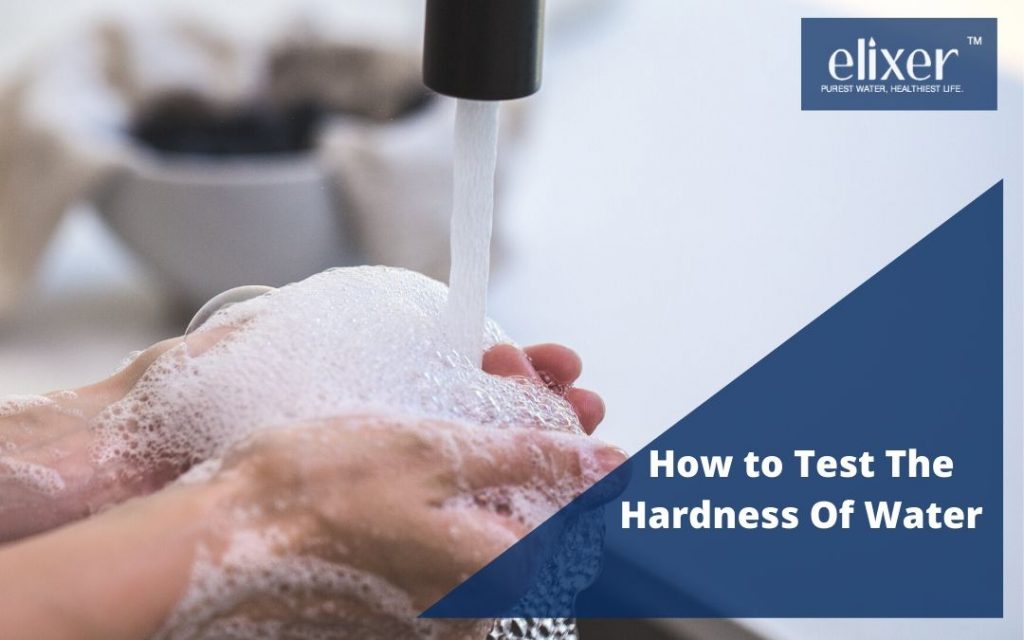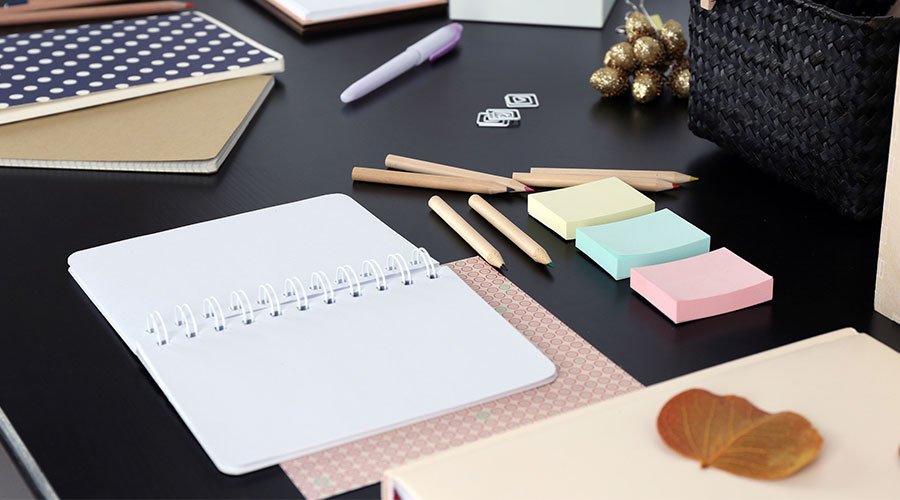How to Test The Hardness Of Water
Natural forms of water contain a large number of dissolved minerals in it. When the water contains too many calcium or magnesium minerals, it leads to problems like the inability of soap to lather and form suds. This is what we refer to as “hardness” of water.
We can measure the hardness of the water in “grains” per gallon, in milligrams of Calcium (Ca) per litre, or parts per million. When you experience the signs of hard water in your home, the first step to finding a quick fix solution to this problem is by implementing a water hardness test: The easiest method to test the hardness of water is by using a simple soap test kit that gives a measure in “grains of hardness”. Another method to test the hardness of your water supply is by using water hardness test kits which involve the use of test tablets or test strips. A third method would be with the help of a test meter.
What is the difference between hard water and soft water?
Although some may say water is water, the hardness or softness of it can make a considerable difference when it comes to usage. The excessive presence of two naturally occurring minerals in water – calcium and magnesium – serves as evidence for the hardness of the water. More the amount of these minerals in the water, the higher the rank on the hard water scale.
When you use hard water for cleaning purposes, spots or a film of residue may be noticed on your dishes, shower, clothing, or even inside the dishwasher and laundry machine. Heating of hard water also causes the formation of calcium deposits, and If this continues to build up, it can greatly damage the functioning and lifespan of your appliances. Effects on personal hygiene include a feeling of residue on your hands, skin, and hair upon washing. This results in your hair and skin feeling more dry and brittle.
Soft water is treated water which contains only the sodium ion. Unlike hard water, it is free of harsh minerals like calcium and magnesium, being more gentle on your body and home. Scale build-up on home appliances and pipes is prevented, and efficient cleaning is ensured with soft water usage. While hard water inactivates the ingredients of the soap, soft water increases its effectiveness and thus helps combat dryness and stickiness.
On a related note, it is also important to know the difference between mineral water and normal water, as well as the difference between distilled water and purified water.
How To Measure The Hardness of Water
Let us look at three ways to measure the hardness of the water.
- The simplest of the three is a soap test. You will need a clear plastic or glass bottle with a cap. Pour about 350 ml of water into the bottle, and leave the cap off for now. Following this, add nearly 10 drops of liquid dish soap. Be careful while adding the drops as the amount should be as mentioned. The final step is to put the cap on and shake the bottle vigorously. If what you used was soft water, you will notice bubbles on the surface of the water. On the other hand, if the water becomes cloudy and no suds form on top, it should be hard water.
- Another method is the use of test strips that you could get from a plumbing section of a hardware store, or online. The strips should strictly be to test tap water and not for aquariums. Hold one end (not the coloured pad part) of the testing strip and dip it in cold water for a second so that colour at the other end changes. You can compare the colour on the test strip to the chart and find the match. This will give the “grains” of hardness or parts per million of your water.
- The third method would be the use of a testing meter. This will give you an indication of the number of solids dissolved in your water. Press and hold the “on” button for a few seconds till the display lights up. Remove the plastic cap off the testing meter and dip the notched end in a cup of cold tap water to measure the hardness. While the meter remains submerged, check the reading on the display, The hardness will be shown through a measure of parts per million. A reading of 60 ppm or above indicates hard water.
How To Convert Hard Water Into Soft Water
Hard water softening is essential so as to avoid the inconvenience hard water usage causes. It can be done using different methods, with the most common one being ion-exchange. The hardness ions are exchanged for salt (sodium or potassium) ions in this process. The exchange takes place in the resin tank of the water softener, where the hard water comes in contact with small resin beads, and the hardness ions trade places with the salt ions.
Water softening techniques easily make hard water soft. For laundry, adding a non-precipitating conditioner helps trap some of the minerals during the wash. Boiling water and use of ion-exchange filters are also in the books for the softening of hard water.
The purification of borewell water is another process that is relevant here.
Conclusion
As we have learnt, the hardness and softness of water make a difference. Hard water can be detrimental with regular and frequent usage, while soft water is more convenient and safer.
Signs like clogging of pipes, skin irritation issues, the inability of soap to lather, particles and residues on dishes/appliances, indicates the hardness of the water. The methods to test the hardness of water indicates the scale of hardness. This measure is a means to take further action in ensuring the softening of hard water.
To ensure that you always have access to drinking water that is pure and safe, choose SKF water purifiers for your home or commercial establishment. Learn more about the world’s best water purifiers here.



Recent Comments